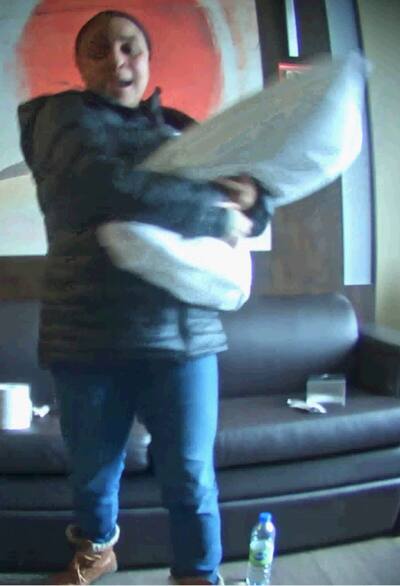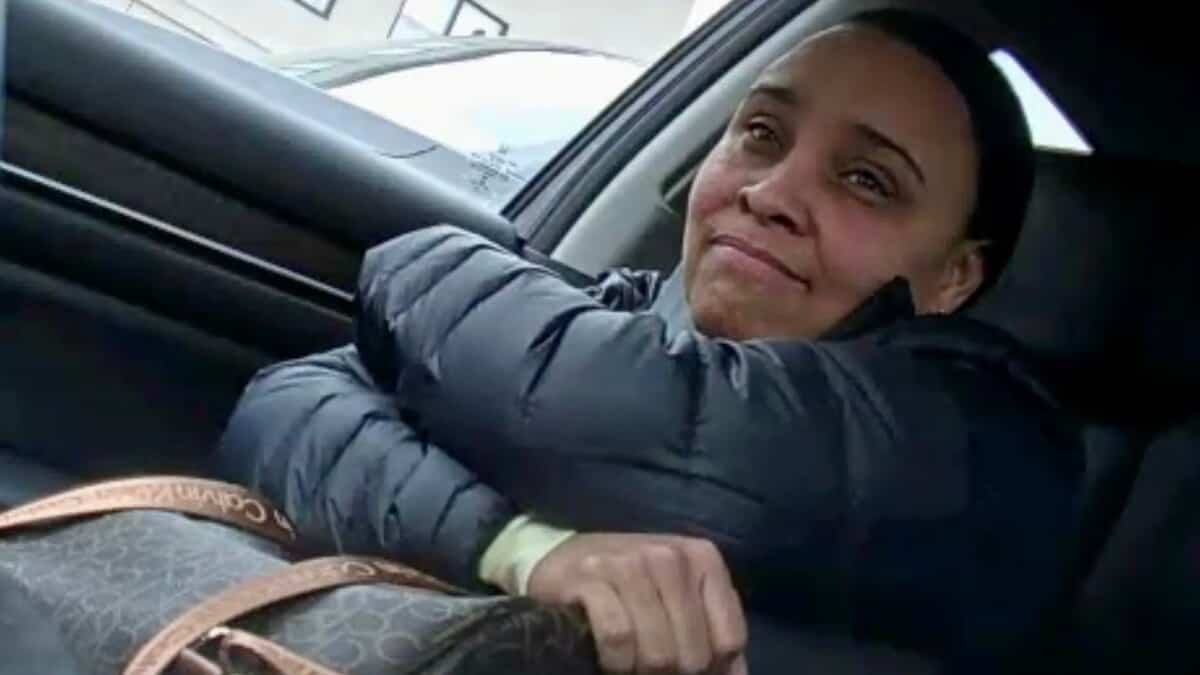The confessions made by Diana Torres-Acosta during Operation “Mr. Big” which targeted her for the involuntary homicide of a little girl do not completely fit with the autopsy report, so that the judge will have to determine whether the accused has only minimized her responsibility or whether the confession really poses a problem. a risk of harm.
• Also read: Accused of manslaughter: guardian says she killed child “while playing”
• Also read: “I shook him”: the accused made a confession at the end of the operation “Mr. Big»
The prosecution argued Friday that the woman’s confession should be admitted into evidence even though it may not fully reflect what happened at her daycare on July 17, 2019.
Recall that in the final scenario presented earlier this week, Torres-Acosta ended up admitting to undercover agents that he had shaken the child. But it all happened while playing with her, spinning her around in the air, she said. The medical examiner’s report speaks of a brain injury corresponding to an impact similar to a high-velocity collision or a fall from 10 floors.
Screenshot taken from a video filed as EVIDENCE IN COURT
“You do not kill a child by dancing or playing, you kill a child by shaking him violently,” insisted Me Sonia Lapointe.
According to the prosecutor’s theory of cause, supported by the expertise of the undercover agents who testified, the woman minimized her actions “because it is always heinous to kill a child.”
“The minimization of despicable acts like these, on a child, is something that officers frequently encounter in their work,” submitted the Crown prosecutor to Judge Rachel Gagnon, who will have to decide on admissibility. confessions.
“Neither reliable nor corroborated” says the defense
In defense, Me Dominique Cantin rather raised the same discrepancy between the confessed gesture and the child’s injuries recorded in the autopsy report to call into question the reliability of the confession.
“The confessions are not consistent with what is in the medical report, with what allegedly happened.”

Screenshot of a video submitted as evidence in court
The lawyer recalled that her client had repeatedly asked the agents, whom she believed to be colleagues able to help her, what she should say to hope to get out of this situation.
According to the defense, its evolving version would only be a reflection of her desperation to find a way to avoid the responsibility falling on her spouse, who was also encountered. “What should I say?” she often repeats.
“The conduct is abusive. The goal was to obtain his confession, not to obtain the truth. We did not give Madam the chance to really exonerate herself,” said Mr.e Cantin, adding that the detrimental effect on Diana Torres-Acosta thus outweighed the probative value of the confession.
“The confessions obtained are neither reliable nor corroborated.”
Upcoming trial
Diana Torres-Acosta was arrested following 23 undercover scenarios set up to obtain her confession regarding the circumstances of the death of a 13-month-old girl in her daycare. The little one died a week after the alleged events in July 2019.
The 42-year-old woman ended up breaking during the final scenario, repeating several times in Spanish that she had shaken the little one after about seven hours of meeting.
The Crown insisted that no violence or threats were used in the operation, arguing for admissibility into evidence. The defense, however, maintains that the manipulation and insistence of the agents on the vulnerabilities of the accused would justify the rejection.
Judge Rachel Gagnon took the case under advisement, announcing her decision for March 10. The guard’s trial will then take place.
